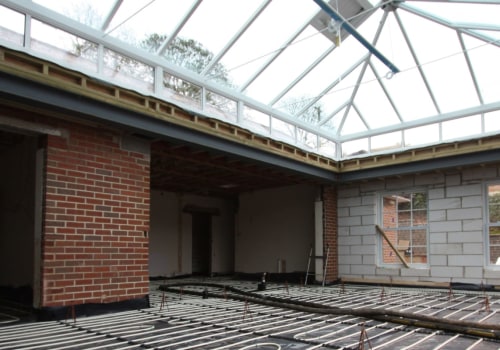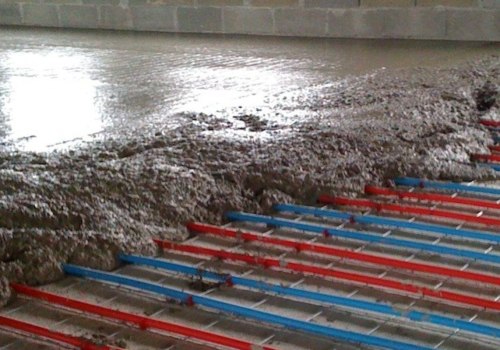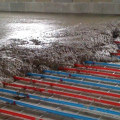Problems of electric underfloor heating The electric underfloor heating does not turn off Or the electric underfloor heating does not heat up.
the floor
does not reach the desired temperature. I have damaged or cut an electrical heating cable. Electric heating is more expensive than I expected.Underfloor heating is known for its reliability. The cable or pipe sits on the screed or securely below floor level, where there is very little that could go wrong or damage the heater. However, regardless of the ease of installation, the cable or pipe can sometimes be damaged, which can cause problems with the system later, especially if the system has not been tested according to the manufacturer's instructions. Operating costs: The actual operating cost of electric underfloor heating is difficult to determine, since there are so many variables to consider, it is not possible for us or anyone to determine the exact operating cost without a detailed calculation and knowledge of your home and lifestyle.
The floor takes a long time to warm up; the most common cause of poor performance of electrical underfloor heating systems is the lack of insulation directly under the heating or inside the building of the floor. RCD: all electrical underfloor heating systems must be protected by an RCD, check that the RCD has not tripped, as a rule, if the RCD is in the source (consumer unit) instead of in the local heating system, it is possible that several electrical circuits are turned off. Faulty thermostat: It is possible for a thermostat to jam in the ON position, the electrical contacts will remain closed regardless of the thermostat setting or the temperature reached and will continue to feed the floor; if this occurs, immediately turn off the power to the heater at the fused or mains bypass. Fuse on ram: most likely your electric underfloor heating system has a fuse connected near the thermostat, this unit provides circuit protection and an insulation medium and must be equipped with a fuse (3 amps, 5 amps or 13 amps) suitable for the electrical load of your system heating.
Open loops, or any interruption in the flow of water from your source, will affect the underfloor heating, just as they will affect the ability of the water to leave the faucet. Circuit breaker: check that the circuit breaker or fuse applicable to the underfloor heating circuit has not tripped or blown. If you have gone through a major renovation or have a new construction with improved underfloor heating, congratulations. We have created this blog post to explain how you can test the system, how you can locate possible faults in underfloor heating and how you can fix them.
The same applies to water underfloor heating; unless the pipe is physically damaged during installation, once covered, there is little chance that the pipe will fail. However, all is not lost, because the repair of underfloor heating and home wiring is usually quite a simple process. There are some precautions you can take to minimize any future problems with underfloor heating. The installer must test an electrical floor heating system using a multimeter to check the resistance, which checks the integrity of the heating to ensure that it has not been damaged during installation.
Before you can troubleshoot your system, you need to know what type of underfloor heating you have. Even if electric heating cables are buried under the ground, they are delicate and can be damaged, and damaged cables pose a fire hazard. .











